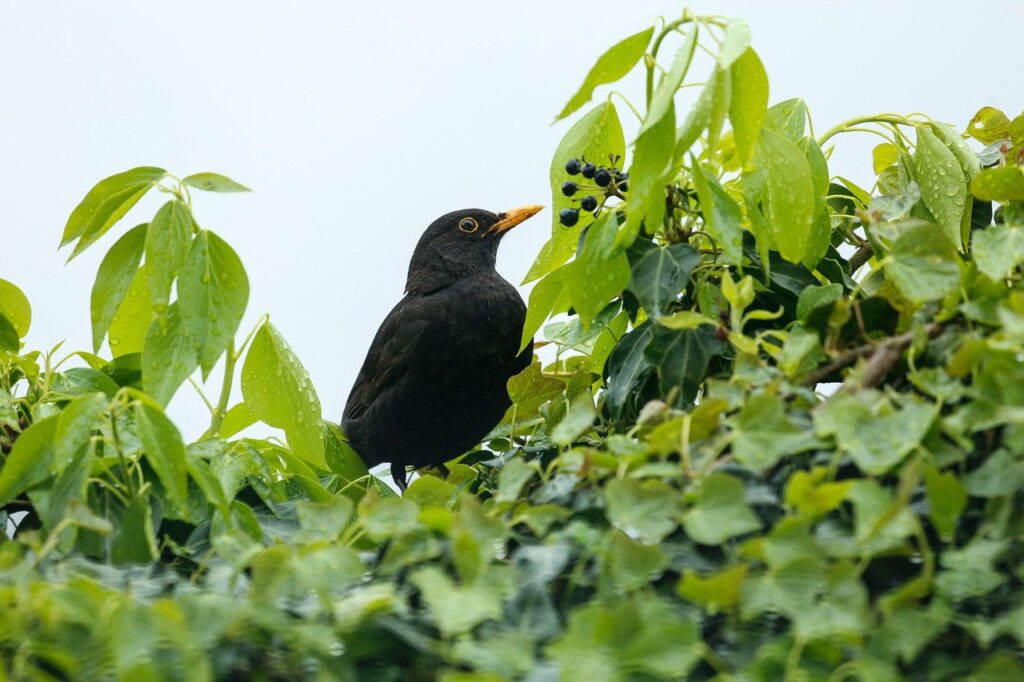There are a range of swords that originate from Europe, most especially the two-handed sword. This type consists of the Scottish claymores and longswords. These swords were so huge that they had to be wielded with 2 hands. This is the type of sword you ‘d see in the film The Lord of the Rings. Another significant kind of sword is the rapier. The design of the rapier, a long narrow blade with a sharp point, makes it best for thrusting. In fact, many rapier blades are not sharp except at the tip. Another important element of the rapier is its complex hilt style that secures the hands throughout battle. From the rapier, you also get the smallsword and the epee, which are mainly utilized for fencing and ornamental attire.
Stainless Steel kind of steel has chromium, which makes the blade tougher, softer, and more rust resistant than comparative carbon steels. Knives and swords made from stainless-steel are generally not formed by creating, but by stock removal (comparable to shaping rock). Because such swords are not made by standard methods, they are not legal for import, thus none of our swords are stainless-steel. Carbon Steel kind of steel is represented by a special 4-digit code. Because we are concerned with swords, we will mostly stick with steels signified by 10XX. The “10” represents plain carbon steel, and the XX for the amount of carbon in the steel, in hundredths of one percent.
Chinese swords, there are 2 significant distinctions: the dao sword and the jian sword. The Chinese dao swords were created during China’s Bronze Age and have a number of unique qualities. They typically have a somewhat curved single-edged blade and were ideal for thrusting and slicing throughout dispute. The 2nd crucial Chinese sword is the jian sword. Unlike the dao, which is called the “General of All Weapons,” the jian is referred to as the “Gentleman of All Weapons” because it is a very easy double-edged sword.
One side-effect of clay tempering is a Hamon line. This is a visible line produced by various pigmentations of the steel marking where the clay was applied. Just swords that are clay tempered have a natural Hamon. Swords that aren’t clay tempered may have a Hamon – but it is applied by an unique liquid and is not part of the steel.
Japanese nihonto swords are another kind of Asian sword. A samurai sword, also called a katana, falls under this category. The typical characteristic of nihonto swords is their long, single-edged blade. It is fairly standard-sized compared to the variety of the other Japanese swords and has a long handle, so it can be accepted two hands. Other worthwhile Japanese swords include the odachi, tachi, nodachi, tsurugi and wakizashi.
The English language terminology utilized in the category of swords is imprecise and has differed commonly with time. There is no historical dictionary for the universal names, category or terms of swords; A sword was merely a double edged knife. Historical terms without a universal agreement of definition were used to identify weapons of similar look however of various historical durations, local cultures and fabrication innovation. These terms were often described in relation to other unrelated weapons, without regard to their intended use and combating style. In modern history, much of these terms have actually been provided specific, often arbitrary significances that are unassociated to any of their historical meanings.
A sword is normally differentially tempered by applying clay to the blade (called clay tempering). The blade is heated up, clay is applied to the spinal column, then the blade is cooled. The edge, without any clay covering, cools quickest, ending up being very hard, while the spine cools slower, staying fairly soft and versatile.
A sword is an edged, bladed weapon meant for manual cutting or thrusting. Its blade, longer than a knife or dagger, is connected to a hilt and can be straight or curved. A thrusting sword tends to have a straighter blade with a pointed suggestion. A slashing sword is most likely to be curved and to have a sharpened cutting edge on one or both sides of the blade. Lots of swords are designed for both thrusting and slashing. chinese dao sword of a sword varies by historical date and geographic region.
Subscribe to Updates
Get the latest creative news from FooBar about art, design and business.
4 Mins Read
9 Stunning Examples Of Beautiful Chinese Sword Types
Previous ArticleGet Rid Of Chinese Long Sword Problems Once And For All
